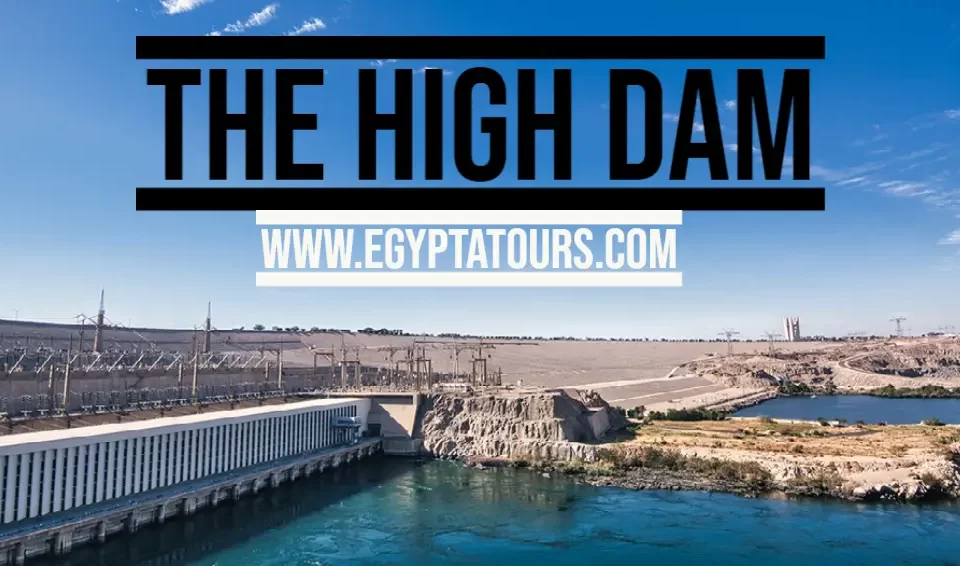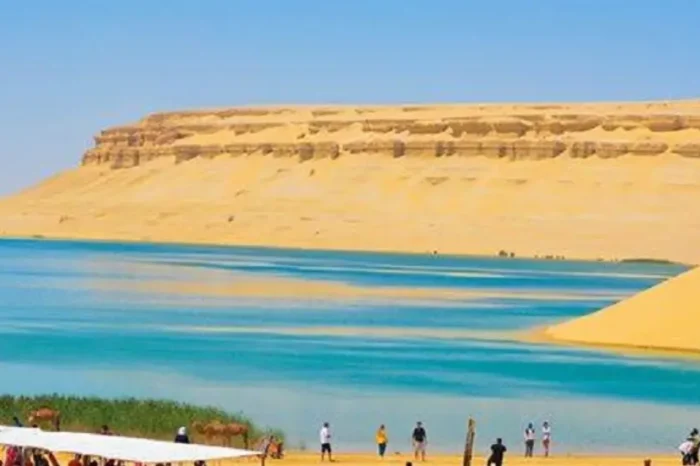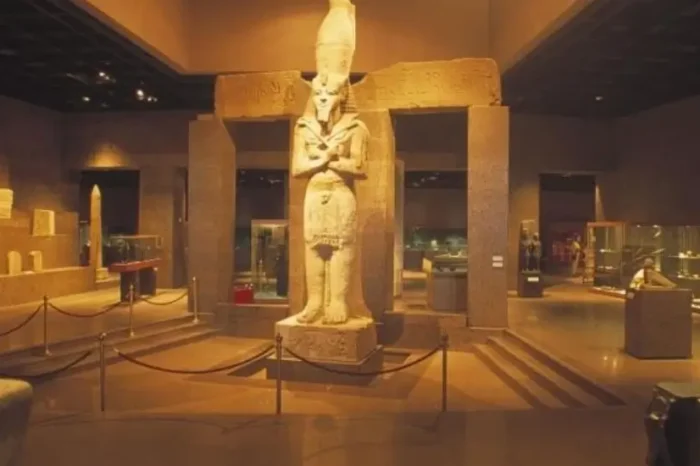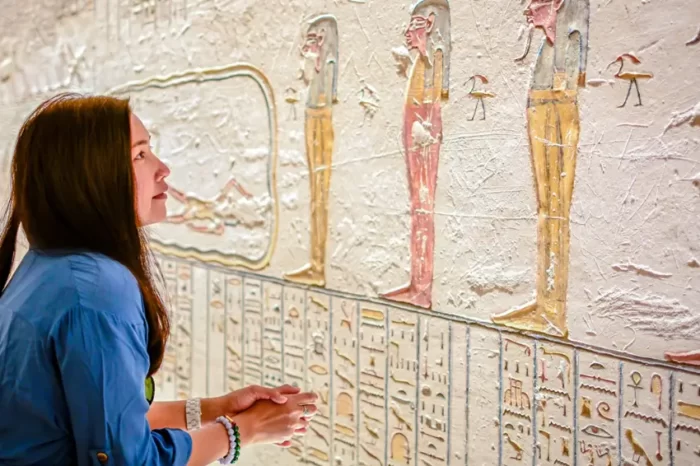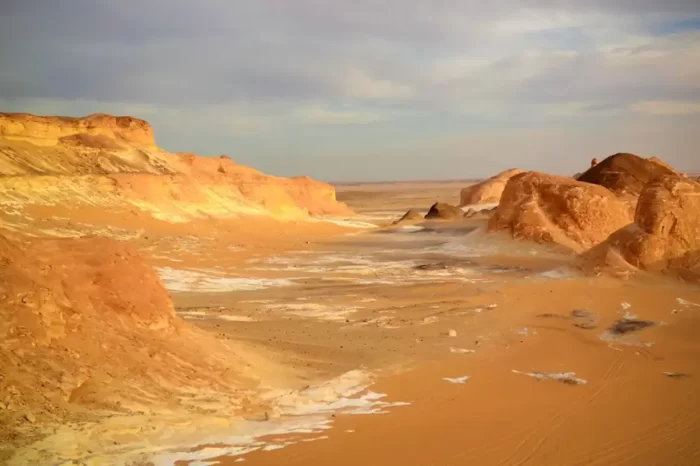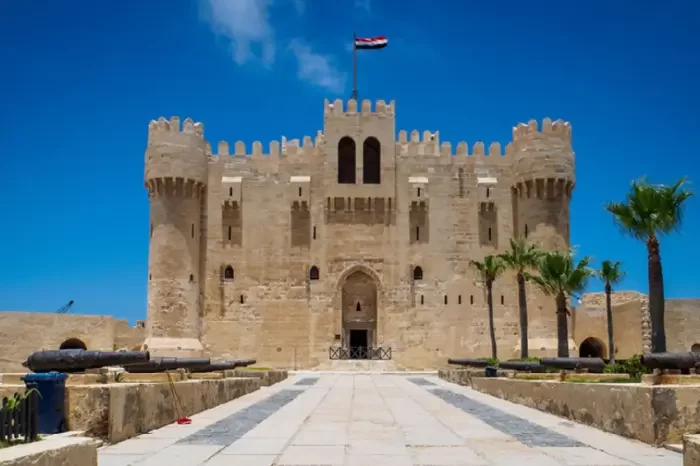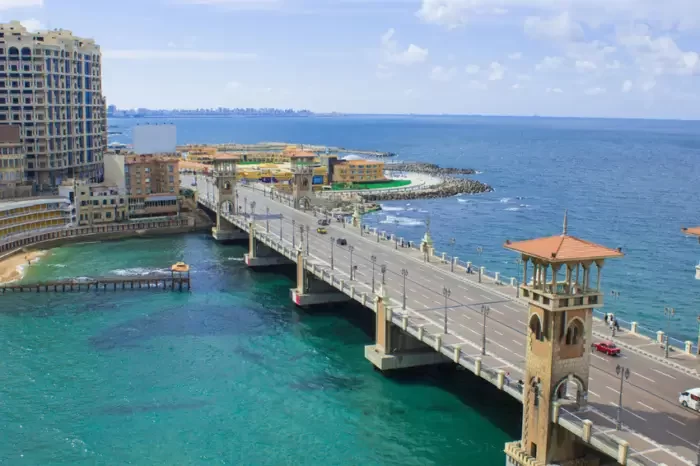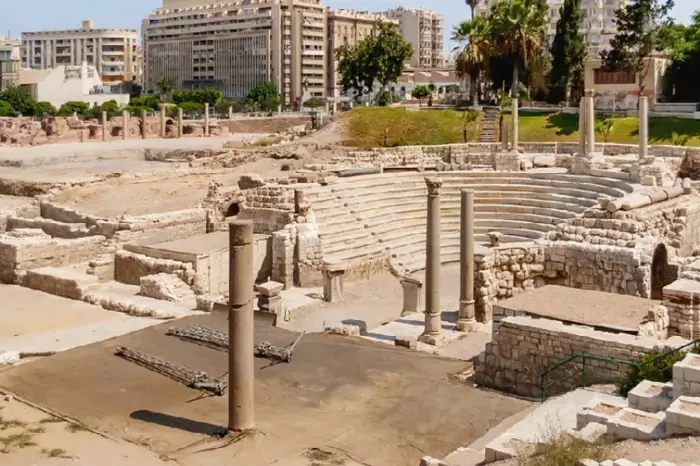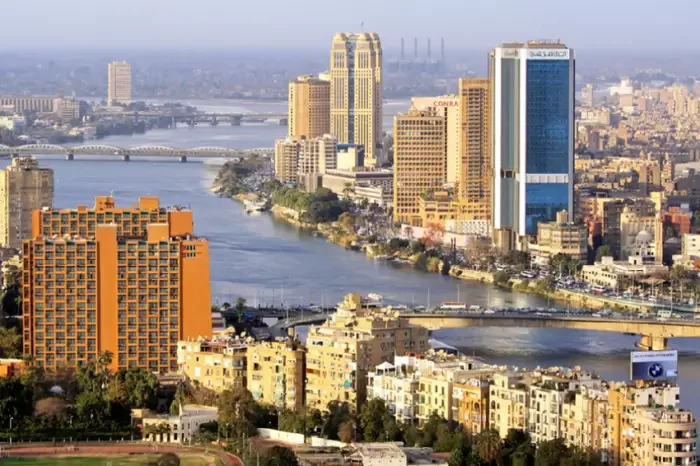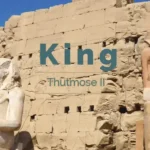Imagine if the High Dam was less than a third of its size and served mainly as a hydroelectric power station. You probably can’t, because the Hoover Dam is one of the most impressive landmarks in the United States. But that’s exactly what the High Dam in Aswan, Egypt is like.
Completed in 1970, the High Dam spans Aswan High and provides flood protection for Upper Egypt. It also serves as a hydroelectric power station, generating nearly 2,000 megawatts of electricity.
Although it’s been nearly 50 years since it was completed, many people are still unaware of the High Dam’s existence. If you’re one of them, we suggest you add it to your list of places to see in Egypt.
Jump To :
An Overview of the High Dam in Egypt
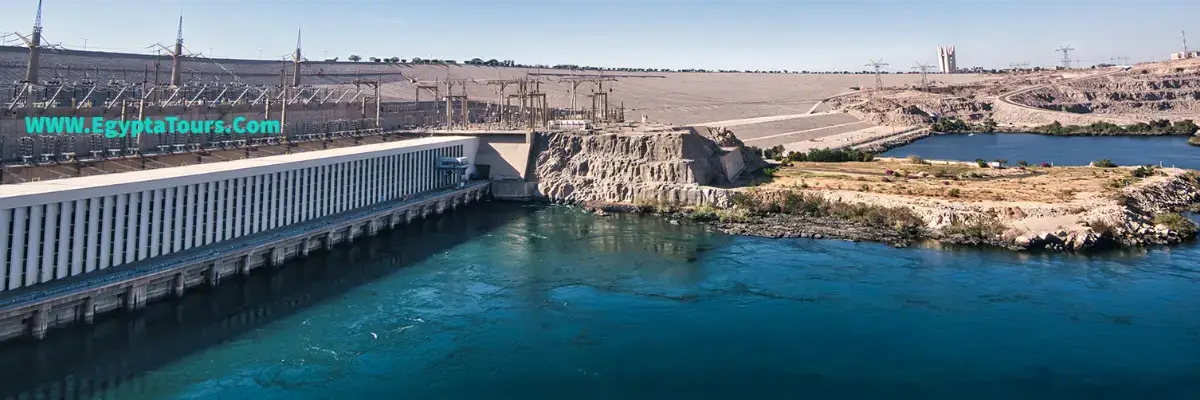
You’ve probably seen pictures of the Dam in Aswan, Egypt—but what is it, exactly?
The High Dam is a massive hydroelectric dam that was built between 1960 and 1970. It’s located on the River Nile, and it plays an important role in flood control, irrigation, hydroelectric power and transportation. The dam is also a major tourist attraction, thanks to its impressive architecture and stunning views.
History and Construction of the High Dam
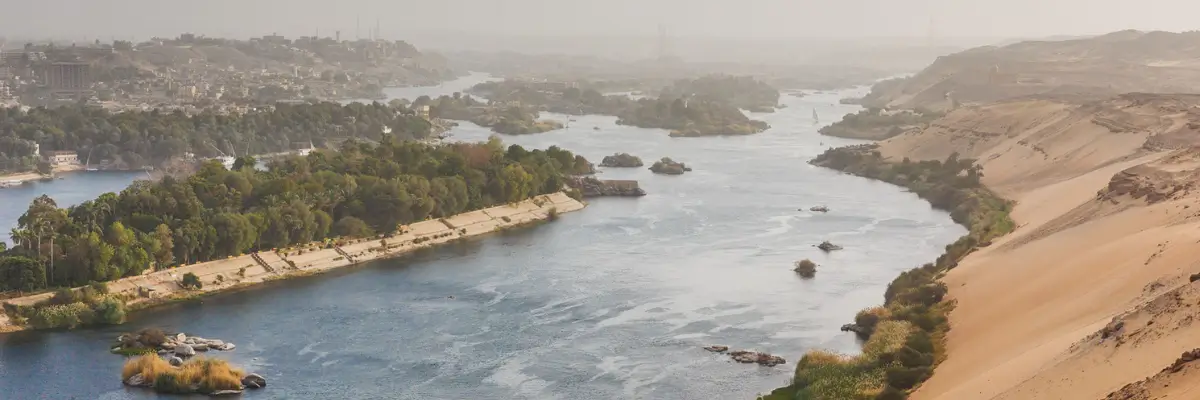
The High Dam in Aswan, Egypt has a rich and fascinating history. It was originally constructed between 1960 and 1970 by the Egyptian President Gamal Abdel Nasser as a way to control the flooding of the Nile River and to provide hydroelectric power to the country.
The High Dam is an impressive structure. It is located near the city of Aswan and is made of granite and limestone. It is over 3,600 meters long, 45 meters high and 8 meters thick. The dam creates Lake Nasser, which is the world’s largest artificial lake.
The High Dam has had a significant impact on the people of Egypt. It has provided much-needed hydroelectric power, which has helped to improve the quality of life for Egyptians. The dam has also allowed for the development of agriculture and industry in the country.
Benefits of the Dam in Egypt
The Dam in Egypt is one of the largest dams in the world, and it’s also one of the most important structures in Egypt. Completed in 1970, it plays a vital role in the country’s water supply and electricity generation.
The High Dam has also helped to make Egypt a major agricultural producer. By regulating the flow of water to the Nile Valley, it has allowed farmers to increase their crop production and profit margins. The Dam has also led to an increase in tourism, as visitors come to see this impressive feat of engineering.
Touring the High Dam in Aswan
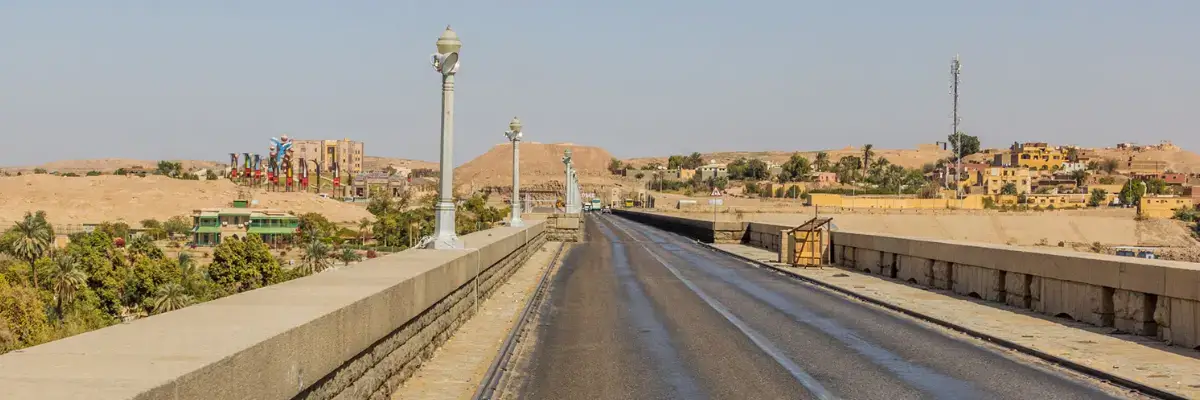
Was it really worth the effort to build the High Dam in Aswan? The answer to that depends on who you ask and their opinion of the area’s history. Touring the High Dam offers an opportunity to explore and appreciate how monumental the project was.
On a tour, you’ll get to see the original machinery used to construct the dam, learn about how the Nile River is used today, and marvel at its size—which stands nearly 2 kilometers high!
You’ll also be able to look at artifacts from ancient Egypt. The area around the dam has long been a source of artifacts dating back to pharaonic times as numerous archeological sites have been discovered since its construction.
The visit will take you along a path which provides endless beautiful views of Lake Nasser, an artificial lake created by the High Dam which originally caused controversy due to its flooding of numerous archeological sites prior to its completion. Going on this journey is not only educational but also meditative, allowing for reflection on an incredible feat of engineering and civil engineering history.
Viewpoints at the Dam
Standing at the top of the High Dam, it is hard to ignore the beauty of Lake Nasser and the surrounding landscape. From your vantage point, you can also get an incredible 360-degree view of the city of Aswan and its surrounding desert. On one side, you’ll have views of the Nile River and ancient Aswan monuments like Philae Island Temple and the Unfinished Obelisk. And on the other side, you’ll have views of miles and miles of desert stretching out into infinity.
In addition to these breathtaking views, visitors can also take part in a number of activities at or near the High Dam. Whether it’s exploring historical sites within walking distance or renting a boat to explore Lake Nasser’s 200km shoreline, there is something for everyone at this iconic destination.
Potential Drawbacks of the High Dam
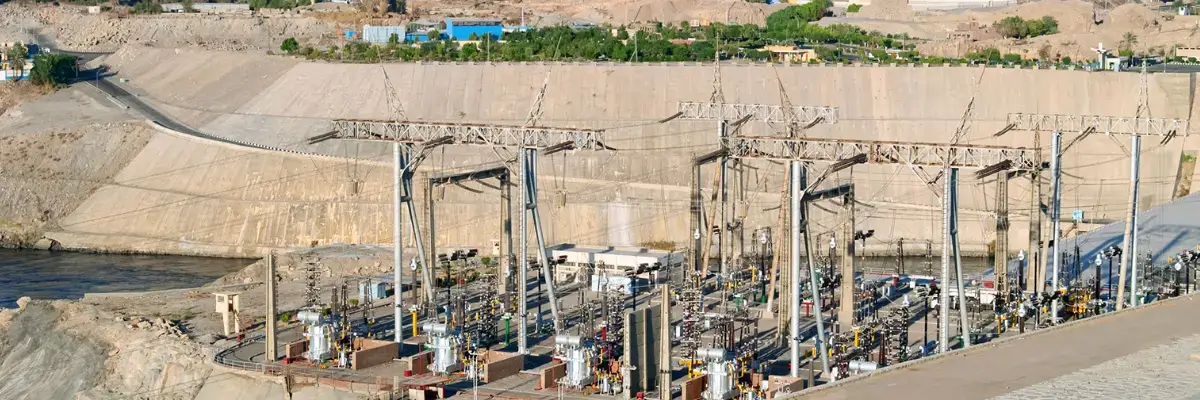
It is easy to see the many benefits of the Dam, but there have also been some drawbacks. Firstly, The dam has caused the water level of Lake Nasser to rise up to 500-550 feet and this has led to the displacement of thousands of people living in the region.
In addition, during its construction, millions of cubic meters of material were needed, which led to immense deforestation in areas around the Nile. Furthermore, this project had a pretty hefty price tag that ultimately put strain on the Egyptian economy and people.
The dam also caused a drastic reduction in sedimentation flow. This has had consequences for Egypt’s farmland due to reduced nutrient supply for crops. In fact, studies have shown that soil fertility has declined by as much as 50% due to the lack of sedimentation from upstream dams.
Tours To the Dam in Aswan:
The Dam is one of the most famous landmarks in Egypt. It was built across the Nile to create Lake Nasser, which provides water for irrigation, flood control and hydroelectric power generation. The dam was constructed between 1960 and 1970, during the reign of President Gamal Abdel Nasser.
Visitors can take a tour of the dam, which includes a visit to Lake Nasser and Aswan city. There are also many other attractions in Aswan that visitors can enjoy during their stay in this city.
| Tour Name | Duration |
|---|---|
| Egypt 12 Days : The Ultimate Itinerary | 12 Days – 11 Nights |
| 10 Days Cairo & Nile Cruise and Hurghada Trip | 10 Days – 9 Nights |
| 4 Days Cairo and Aswan Tour Package | 4 Days – 3 Nights |
| 5 Days Cairo, Aswan and Abu Simbel Tour Package | 5 Days – 4 Nights |
| Aswan Sightseeing – One Day Tour | 1 Day – 10 Hours |
Conclusion
The Dam was an impressive feat of engineering and it’s no wonder that it’s a popular tourist destination even today. If you’re planning to travel to Egypt, be sure to add a visit to the High Dam to your itinerary!

